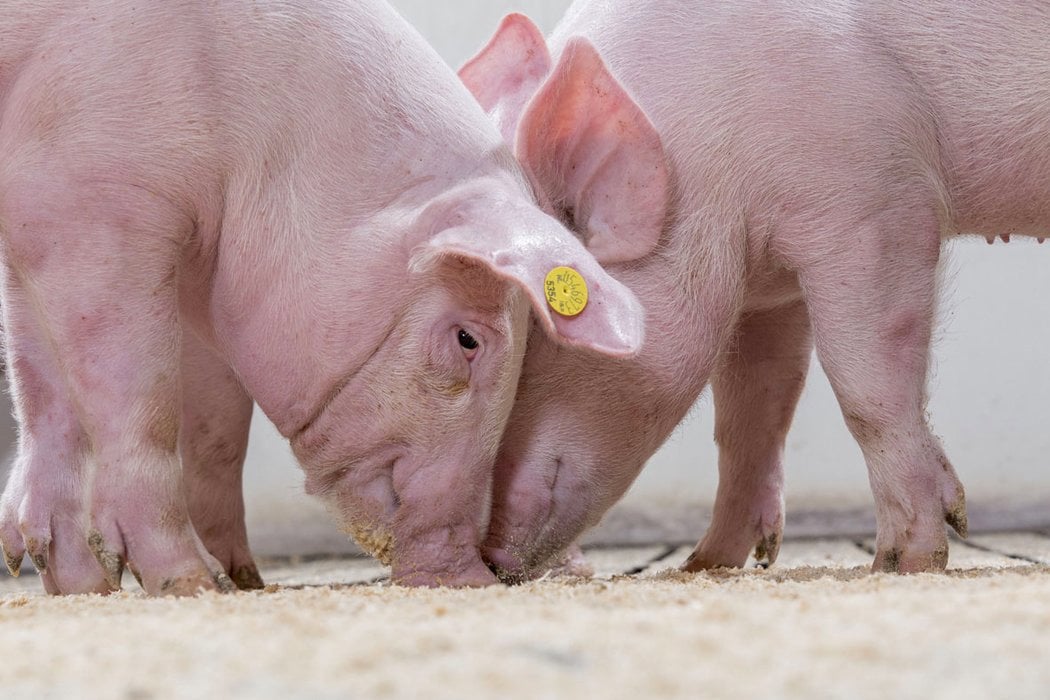How to recognise
Post-weaning diseases are most often caused by infectious pathogens, but other causes such as respiratory and enteric diseases can also play a role. Coughing, sneezing, labored abdominal breathing, reduced growth rates and potentially mortality are all signs of respiratory disease. Poor ventilation and/or environmental conditions can exacerbate respiratory diseases. Overcrowded and dusty housing are predisposing factors for respiratory disease, along with the presence of PRRS virus.
One of the most serious pathogens that can affect post-weaned piglets is Streptococcus suis, causing Septicemia and resulting in sudden death, meningitis, arthritis or endocarditis.



